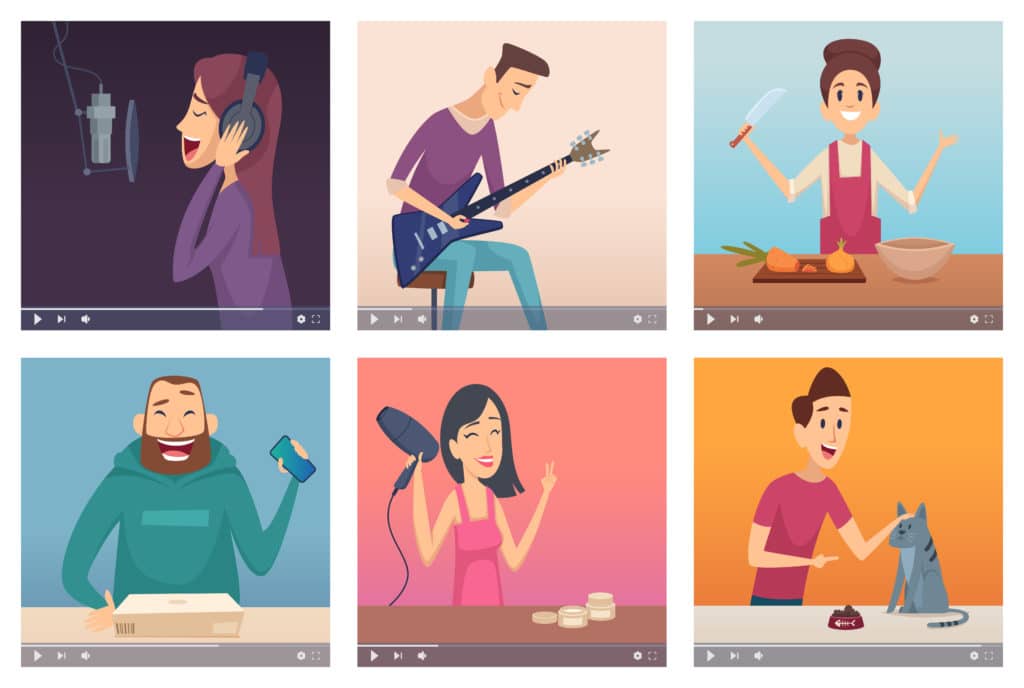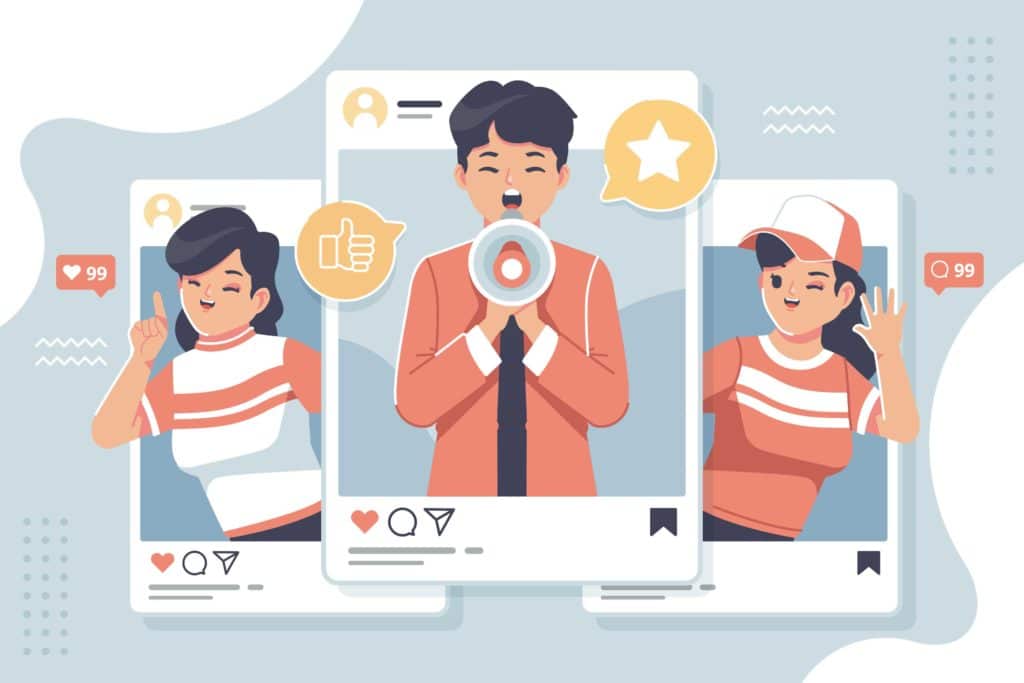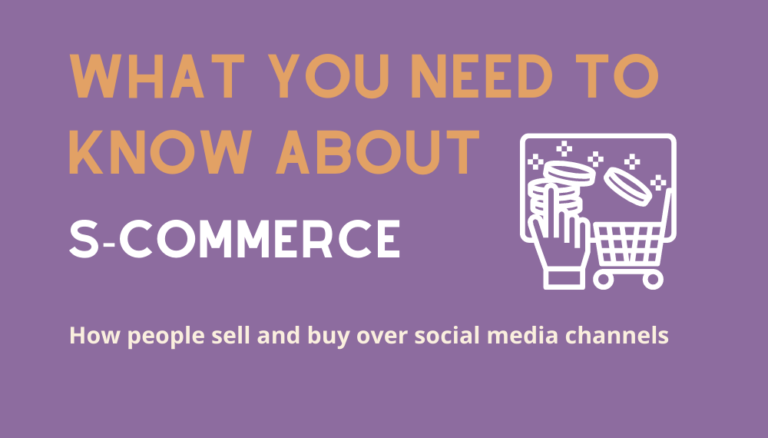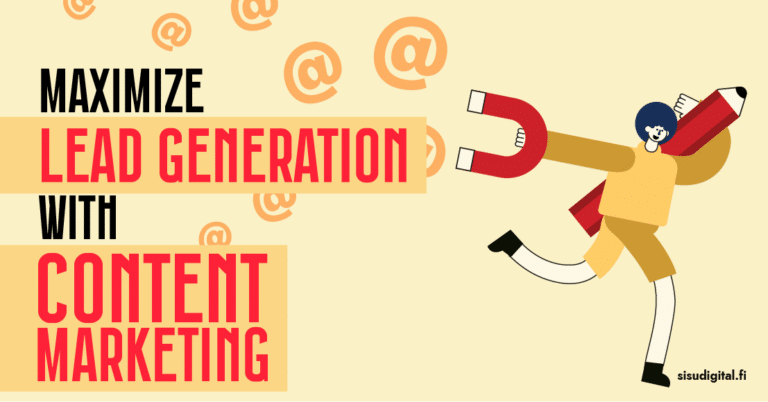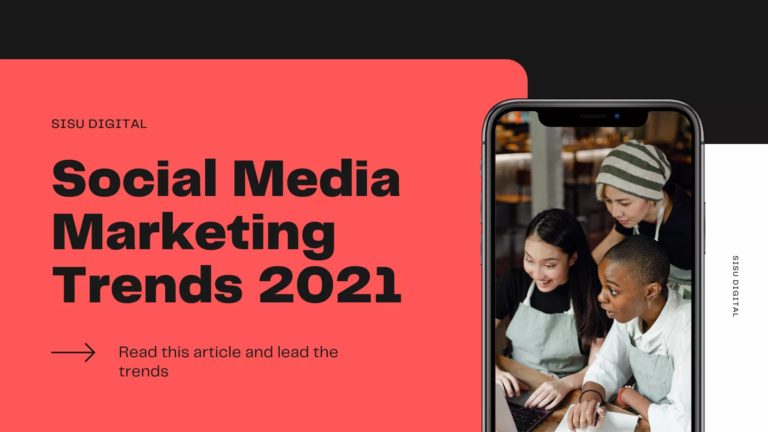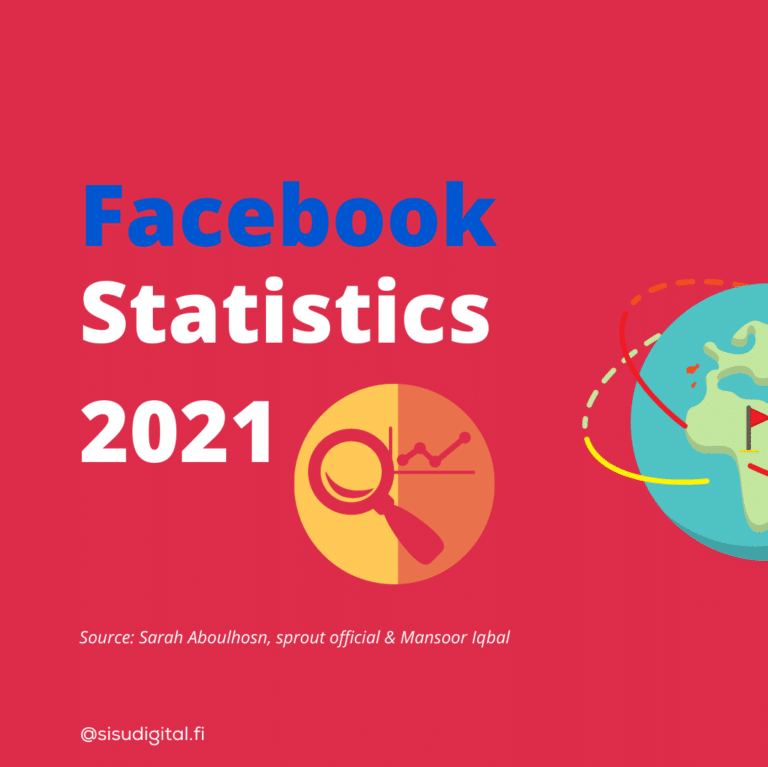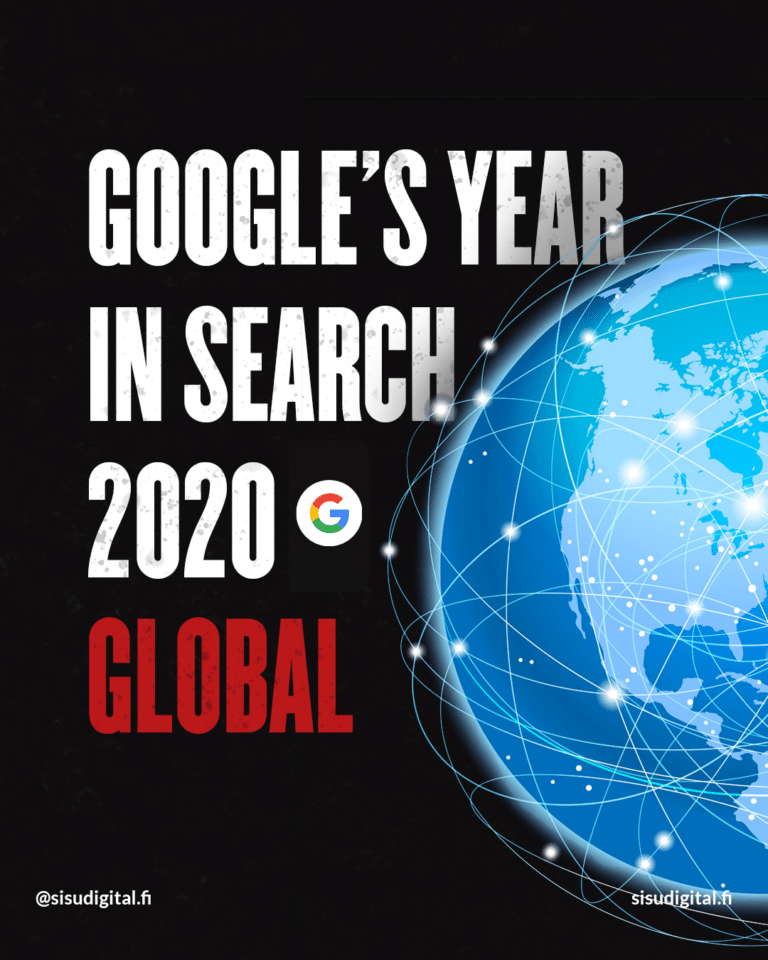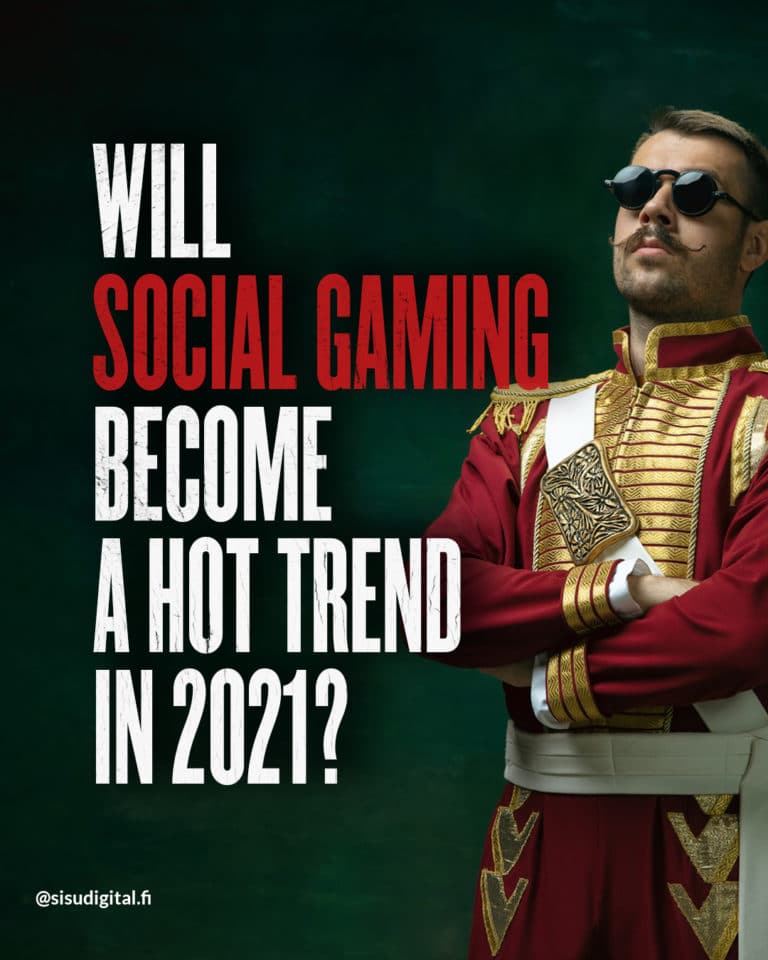What is Influencer Marketing (IM)?
Instead of marketing directly to consumers, with Influencer Marketing (IM), brands and influencers (often in the same business field) collaborate to send meaningful messages (about product and service) to the target audience. This is done mostly via social media platforms where influencers build their own community towards the same interest. Below is a breakdown from Olapic’s research about where users engage with influencer content by gender and age group:
- Females are more likely to follow influencers on Instagram.
- 33% of respondents prefer to receive content in the form of videos on their feed with sound.
- Males are more likely to follow influencers on YouTube.
- 25-34-year-olds are especially likely to follow Influencers on Facebook (43%).
- 19-24-year-olds are especially likely to follow Influencers on Instagram (53%).
- Older respondents are less likely to follow Influencers (45% of 35-44-year-olds, 65% of 45-54-year-olds, and 79% of 55-61-year-olds responded that they follow none influencers).
Endorsing is the core strategy in IM. People have low trust in advertisements or even find it disturbing. Two years ago, in the US only, 86.9 million people used Adblocker. According to Social analytics company shareable and branded content company – Fullscreen, over one-third (38 percent) of respondents who engage with influencers trust what an influencer says about the brand more than what the brand says about itself.
Defining your goal
A clear and measurable goal is a very important factor that decides the success of a marketing campaign. It’s the first step to plan and the last step to evaluate the outcome.
Discuss within your organization what should be achieved by collaborating with the influencer:
- Growth in customer awareness.
- Stronger goodwill & brand trust.
- Thriving engagement & conversation on social media platforms.
- Increase in sales.
- Promoting a product launch.
What type of influencer to choose?
According to Olapic, an influencer is someone who either has one or all of the followings:
- 10,000+ followers.
- Brands engage with to help promote their products/services/messages.
- Who shares information about products they love.
- Who is an expert in their field.
There are five common types of influencers:
1. Celebrity influencer
Many celebrities can drive a ton of traffic and sales to your business. The challenge is that celebrities are also the hardest and most expensive influencers to connect with as they receive many collaboration requests. It can take from months to even years to reach a big shot.
2. Authority influencer
Authority influencers have this name because of their draw towards building their authority. These influencers often write books, do speaking gigs, write articles, host a podcast, do a video series, or write for prominent publishers. With a good outreach strategy, an authority influencer can be connected within one or two weeks.
3. PR influencer
This group includes journalists or editors whose writing topic is within the field of your business. The collaboration is most likely to succeed if it creates a mutual benefit for the two parties. PR influencers often have an interest in brand or story that can boost traffic to their article or increase their personal branding.
4. Connectors
The biggest value connectors bring is their relationship with other influencers in their network. It’s difficult to recognize someone to be a connector and evaluate their precise impact on the campaign.
5. Micro-influencer
Last but not least, the micro-influencer is in the spotlight recently. They are perfect partners for SMEs for two reasons:
1. Easy and affordable to work with.
2. Although having a lower reach (10,000 – 50,000 followers), they often have higher engagement, which often leads to higher sales.
Sometimes, It’s not always effective to connect with one top influencer but a couple of micro-influencers. Followers of micro-influencers usually have (1) meaningful relationships in real life or (2) share the same interest or opinion toward a specific subject. That helps micro-influencer to gain a better engagement rate in the campaign even though the number of followers is lower. Fortunately, in the world of digital marketing, engagement rate is often the metric that matters the most.
Influencer outreach strategy
So after you know the campaign goal and target influencers, the next step is to reach the target them. Usually, a well-written formal email would work fine (don’t forget an appealing subject line). You can also try to reach out to them via their phone numbers or social media profiles.
A magic formula would be:
Influencer Research + Influencer Benefit + Collaboration Plan Outline = Response from Influencer
If you struggle with finding a suitable influencer, there are couples of sites that offer help:
· Mention’s influencer dashboard
· Buzz Sumo
· Insight Pool
· HYPR
Preparing an IM campaign
An IM campaign includes 3 parts:
1. Compensation for influencer
A fair compensation or compelling reward guarantees a positive response from influencers. Show more respect to the influencer by proposing a negotiable compensation. Just try to make your pitch an authentic win-win.
2. Campaign’s type
There are many types of IM campaigns to choose from, depends on which type of influencer you work with and the final goal. Below are the most popular options from the Cloohawk blog:
- Host Giveaways
- Affiliate marketing
- Sponsored social media content
- Brand ambassador programs
- Setting up an online store for the influencer
3. Return on investment
According to Tomoson, Businesses are making $6.50 for each $1 spent on IM, with the top 13% earning $20 or more. A resounding 70% are earning $2 or more, with the rest either breaking even or failing to generate a return on investment. 51% of marketers believe they gain better customers through IM when asked to rate the average quality of customers acquired through the channel.
The figures above sound positive. So how can you track the ROI for your own IM campaign? Below are suggestions from Forbes Agency Council:
- Report on engagement metrics (views, likes, clicks, shares, reactions) for calculating the Cost-per-engagement metric (CPE).
- Following sales figures and website traffic.
- Creating a branded landing page to measure data.
- Using trackable links.
Did you find our guide to Influencer Marketing helpful? Expand your marketing strategies with our 8 tips to optimize your Facebook Ads or prepare for the new decade with Top 10 social media trends in 2021.
Follow Sisu Digital for more digital marketing guides, personal branding hacks, and business trends.


